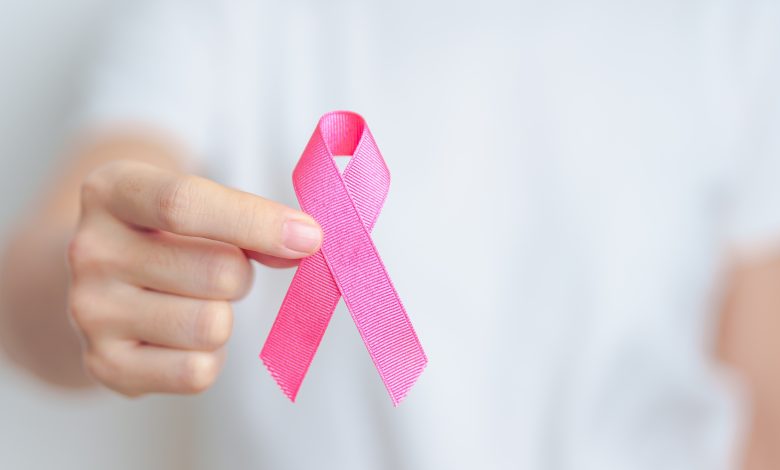5 Everyday Items in Your House That Might Be Exposing You To Cancer

Your home is supposed to be a safe and comfortable space—a place to relax, unwind, and recharge. But some of the products we use daily might be quietly affecting our health in ways we don’t realize.
While not every household item is dangerous, long-term exposure to certain chemicals has been linked to serious health risks, including cancer. Knowing what to watch for can help you make smarter, safer choices for yourself and your family.
Here are five common household items that may be increasing your cancer risk, along with tips to reduce exposure.
1. Non-Stick Cookware
Non-stick pans and pots are a kitchen favorite because they make cooking and cleaning quick and easy. However, the coating on many of these pans often contains chemicals known as PFAS—sometimes called “forever chemicals” because they don’t break down in the environment.
When non-stick cookware is heated to very high temperatures, these chemicals can be released into the air and food. Over time, regular exposure to PFAS has been linked to an increased risk of certain cancers, including kidney and testicular cancer.
Safer alternatives: Consider switching to stainless steel, cast-iron, or ceramic cookware. These options don’t release harmful chemicals, and they can last for many years if properly cared for.
ALSO READ: Foods That Naturally Boost Your Scent And Make You Smell Attractive
2. Plastic Containers and Bottles
Plastic is everywhere—from water bottles to food storage containers—but many of these products contain BPA or phthalates, chemicals that can leach into food and beverages. This is especially true when plastics are heated, for example, in a microwave or dishwasher.
These chemicals can disrupt hormones in the body, potentially increasing the risk of certain cancers, as well as reproductive and developmental problems.
Safer alternatives: Glass, stainless steel, or BPA-free plastics are better choices. For hot food or drinks, glass containers are the safest option.
3. Cleaning Products
Household cleaners are essential for keeping our homes clean, but many contain harsh chemicals like ammonia, bleach, and formaldehyde. Regular exposure to these chemicals—especially in poorly ventilated spaces—can irritate the respiratory system and, over time, may contribute to cancer risk.
Frequent use of chemical-heavy cleaners has been associated with lung problems and other long-term health concerns.
Safer alternatives: Natural cleaning products made with ingredients like vinegar, baking soda, lemon, or eco-friendly brands can clean effectively without exposing you to harmful chemicals.
ALSO READ: 5 Everyday Foods That Could Kill You If You’re Not Careful
4. Air Fresheners and Scented Candles
A fresh-smelling home feels inviting, but the artificial fragrances in many air fresheners and scented candles are more than just pleasant aromas. These products often release volatile organic compounds (VOCs), chemicals that can affect the respiratory system and have been linked to cancer risk over prolonged exposure.
Safer alternatives: Essential oils in diffusers, soy-based or beeswax candles, and natural potpourri can give your home a pleasant scent without releasing harmful chemicals.
5. Personal Care Products
Shampoos, deodorants, makeup, and lotions can contain ingredients like parabens, phthalates, and formaldehyde-releasing preservatives. These chemicals are absorbed through the skin and have been studied for potential links to breast and other types of cancer.
Even small daily exposures can add up over time, especially if multiple products contain the same chemicals.
Safer alternatives: Look for personal care products labeled as non-toxic, paraben-free, and phthalate-free. Many brands now prioritize safer ingredients without sacrificing performance or quality.
Making Healthier Choices
Not every product in your home is harmful, and it’s important to avoid unnecessary worry. But understanding what you bring into your living space can help you reduce exposure to potentially dangerous chemicals.
Simple changes—like switching to safer cookware, choosing glass or stainless steel instead of plastic, and opting for natural cleaning and personal care products—can make a big difference over time. Even small steps toward a healthier home environment can protect your long-term health and give you peace of mind.
Your home should be a place of safety, comfort, and well-being. Paying attention to the everyday items you use is a key part of making it that way.
ALSO READ: How To Keep Your Eyes Healthy And Sharp for Life With These Simple Habits


